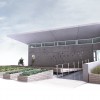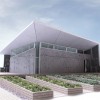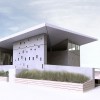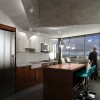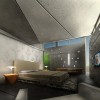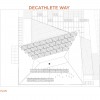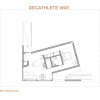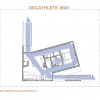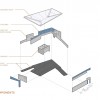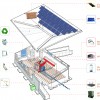Video
Concrete doesn't typically top lists of sustainable materials, but Team New Jersey, a competitor in the 2011 Solar Decathlon, proves that it is possible to create a precast concrete net zero home. Comprised of students from Rutgers, The State University of New Jersey, and the New Jersey Institute of Technology (NJIT), the team is the first in the competition's history to utilize concrete as their primary building material. The design of the eNJoy House exploits precast concrete's unique advantages, including modular assembly, energy efficiency, and a sculptural aesthetic.

Team New Jersey weighed the benefits of precast concrete construction over traditional post and beam construction. Aside from the facts that concrete is durable, low-maintenance, resistant to mold, and recyclable, it allowed the team to design the house in three modules. Sponsored by Northeast Precast, Team New Jersey will cast these modules separately in the factory, load them onto flatbed trucks bound for Washington, DC, and then erect the structure in just two days on the National Mall. The precast panels will be constructed as sandwiches, containing 3" to 4" of concrete on each side, encasing 6" of high R-value insulation. These thick walls create a thermal mass, storing heat from the sun throughout the day and then releasing it slowly into the home's interior during the evening. In warmer weather, the thermal mass functions in reverse, absorbing excess heat and humidity from the interior to maintain a comfortable and consistent temperature.
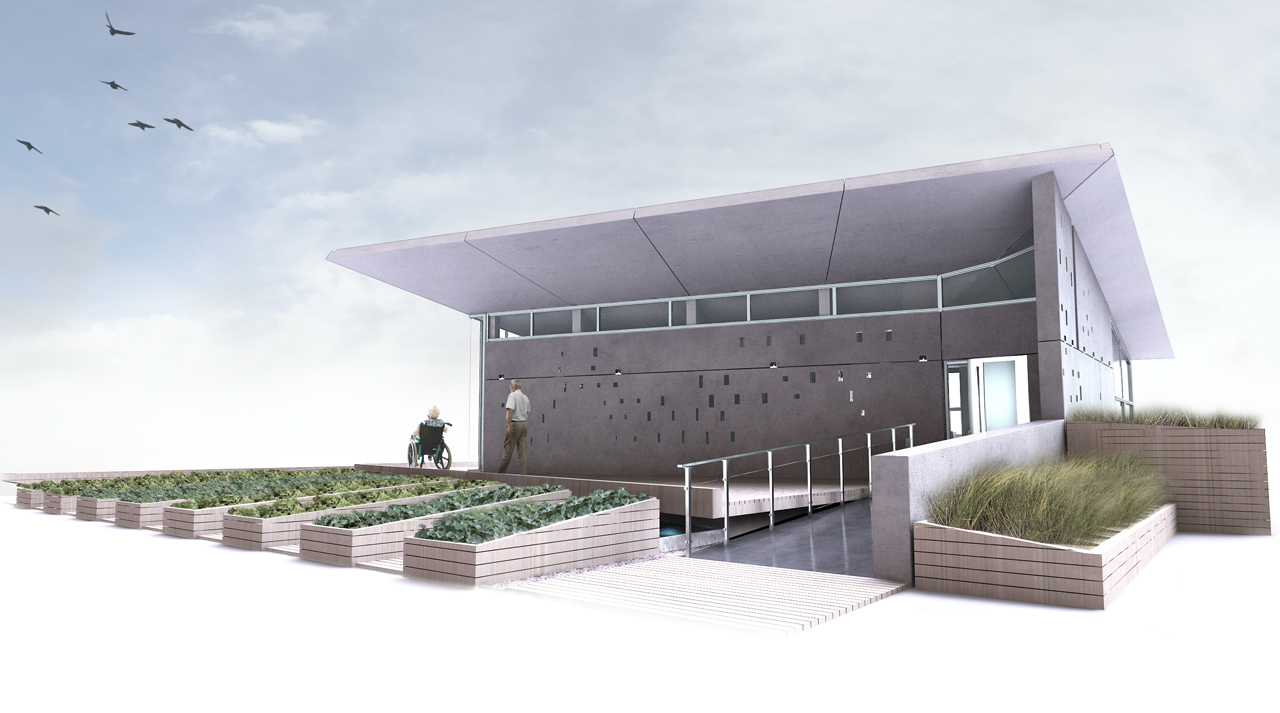
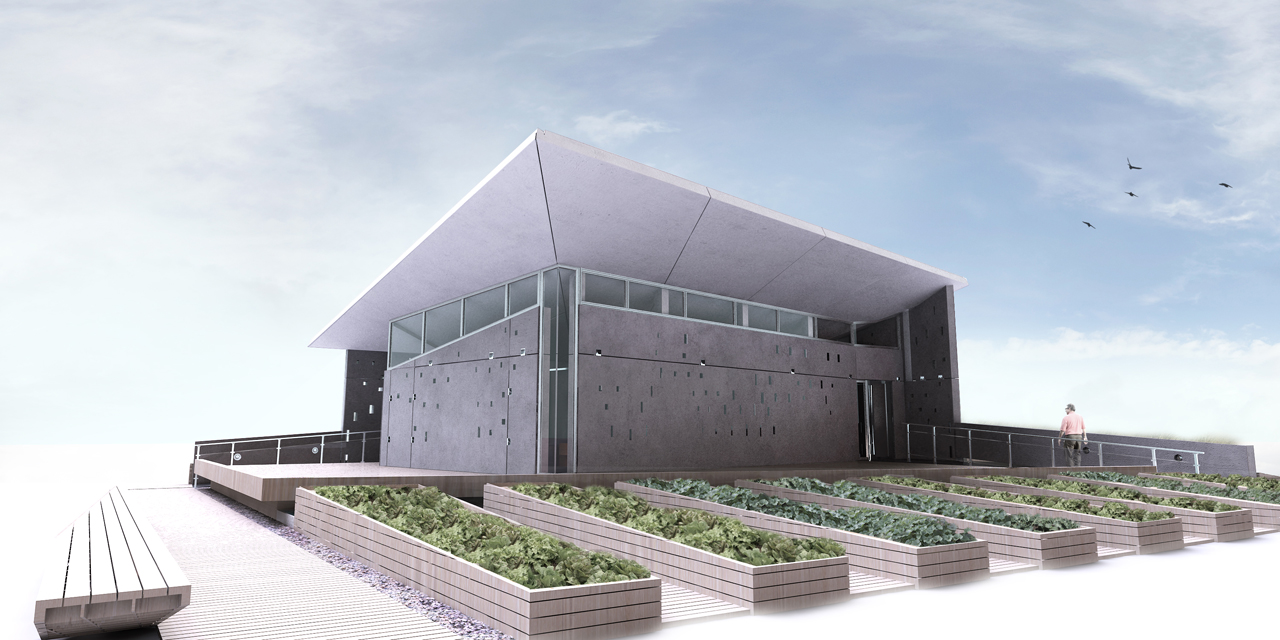
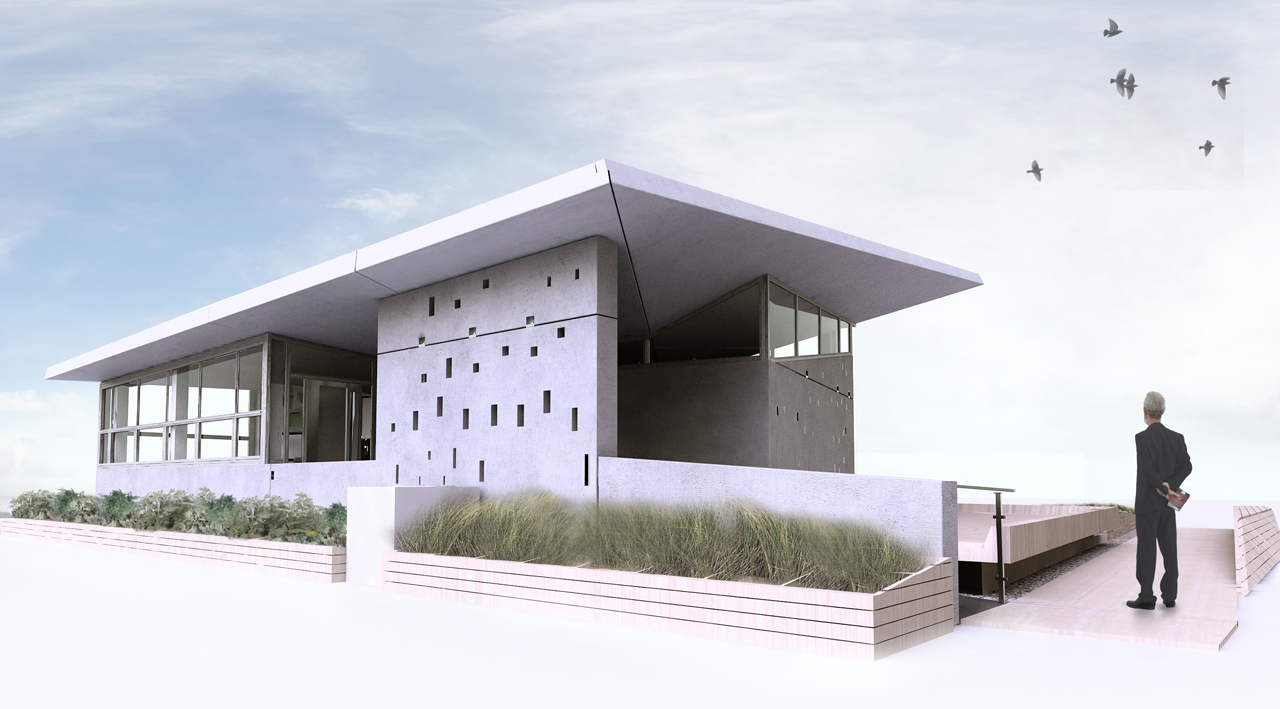
The eNJoy house features a distinctive, inverted-hip roof – a form that is optimized for active solar strategies, including photovoltaic panels and solar evacuated tubes, as well as rainwater collection for landscaping and gray water. The home's interior spaces are organized around a central core, which also supports the roof. Punched openings and clerestory glazing provide ambient lighting for the bedroom while maintaining privacy, opening up to a full wall of glazing that wraps the kitchen and dining area along the south facade. The articulation of the exterior of the home reveals the construction process. The panels are bolted together and the design deliberately celebrates these connections, according to Jen Switala, a Team New Jersey Student Leader and Masters of Architecture candidate at NJIT.
Team New Jersey's target audience for eNJoy House is a retired couple living on the Jersey shore, and the home is designed to meet Americans with Disabilities Act (ADA) accessibility standards. After the Solar Decathlon, the universities hope to sell the home to a real-life client and that it will ultimately serve as a prototype for future home designs. In the meantime, the "experience has been eye-opening, to say the least," according to Switala. "We get to experience real-world applications and learn things that we otherwise would not learn in school, or even during our first year or two of internship."
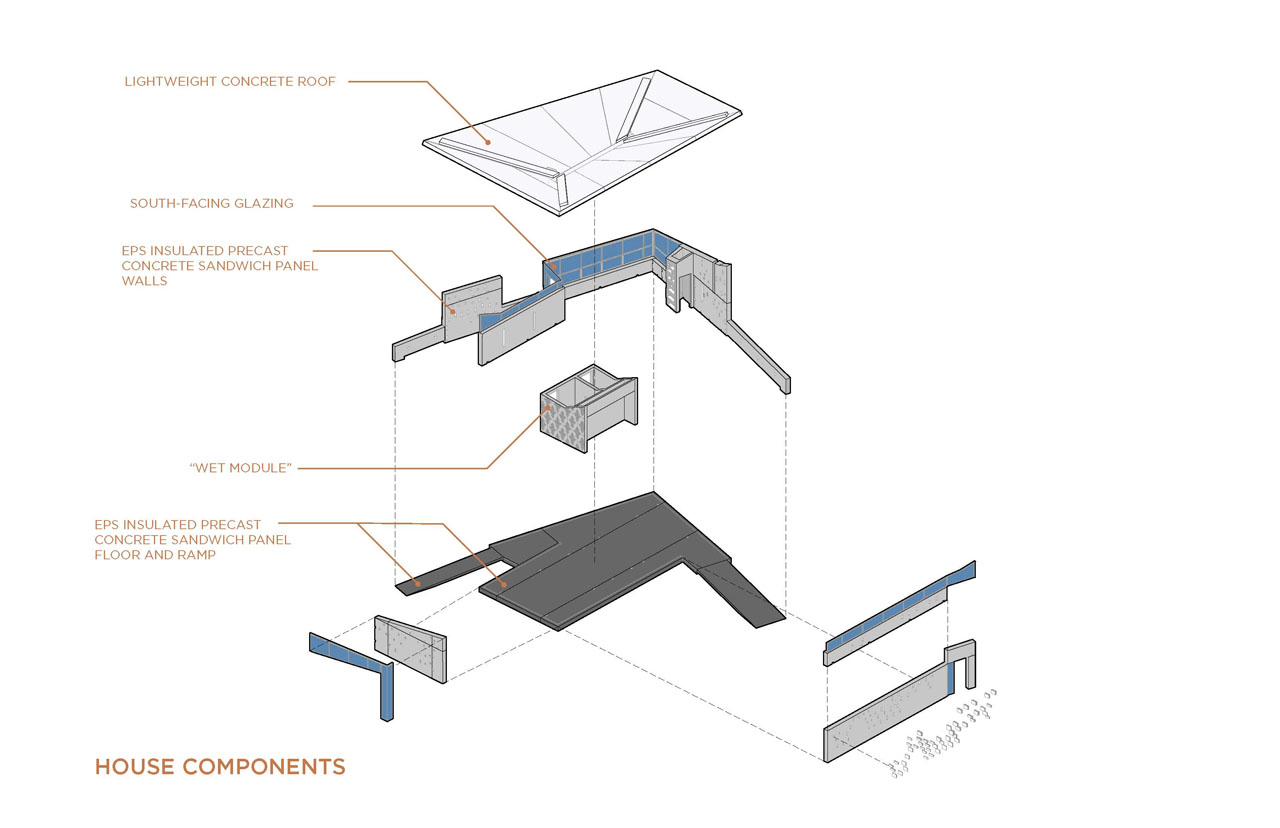
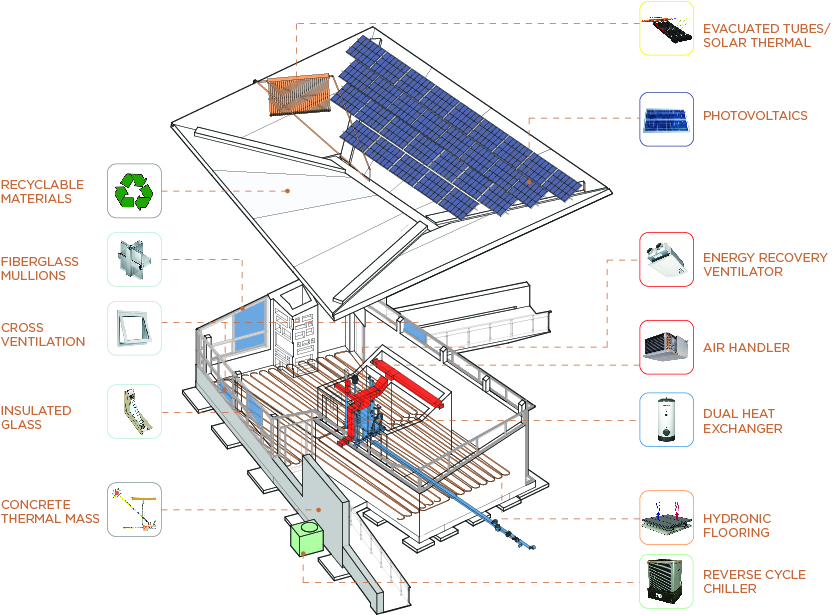

Murrye Bernard
Murrye is a freelance writer based in New York City. She holds a Bachelor's degree in Architecture from the University of Arkansas and is a LEED-accredited professional. Her work has been published in Architectural Record, Eco-Structure, and Architectural Lighting, among others. She also serves as a contributing editor for the American Institute of Architects' New York Chapter publication, eOculus.
Website: www.murrye.com
